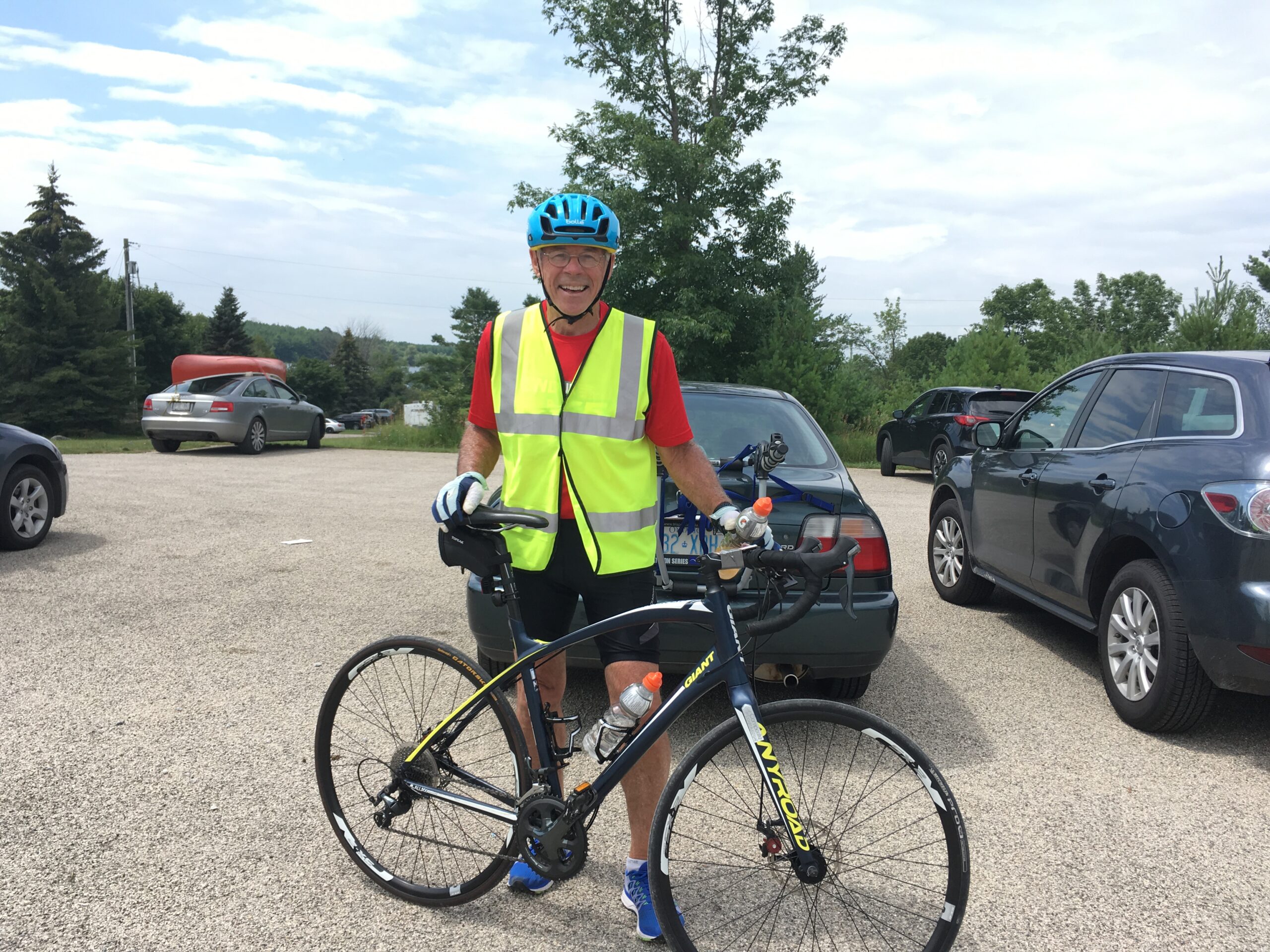Road Hazards
Surface hazards are on every road but are most common near the curb where most of the riding is done. Be prepared for and avoid:
- sunken or raised manhole covers
- potholes
- speed bumps
- stones
- uneven pavement surfaces
- any sharp object
- slippery surfaces (mud, gravel, water) – go slower and turn carefully
Cycling Gear
- Select and wear a helmet that is fitting as each head is of a different size and shape. If you have children cycling with you, let them pick their own helmets so that they are more likely to wear it.
- Wear reflective patches on your clothing so that you can be easily seen at night
Cycling Safety
- Do not wear headphones when riding; it decreases your awareness of what’s happening around you.
- Bike with the flow of traffic.
- Ensure that your bike is in good working condition.
- Practice Drafting. Riding in a straight line is one of the keys to riding safely in traffic. Learn and practice this skill by following a painted line when there is no traffic. Also, try to eliminate upper body movement, as it wastes energy, and look straight ahead approximately 15 meters to keep in line.
- During practice in traffic, be sure to use your hand signals.
- Shoulder checking is important to see the traffic behind. Practice shoulder checking in training while staying in a straight line.
- Call out “On Your Left”. Safely pass others on the left (after looking behind you for traffic), and allow several feet of clearance — riders in aero position, especially inexperienced ones, sometimes veer suddenly. Get several bike lengths ahead before returning to the far-right side of the lane so you don’t cut off the person you’ve just passed.
- It is crucial to understand the officiating & race rules
- If you get a flat tire, gently slow down to a stop, and walk your bike to avoid ruining your tire and rim.


